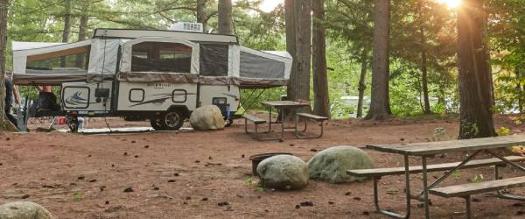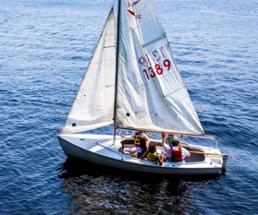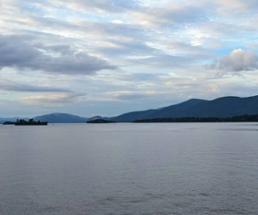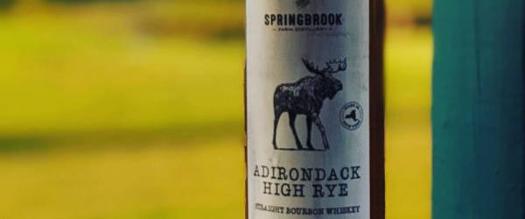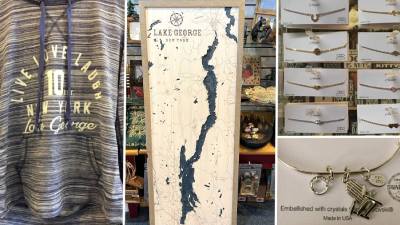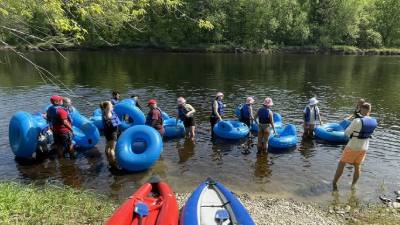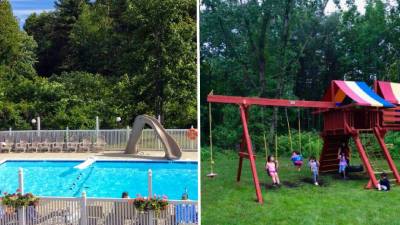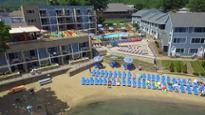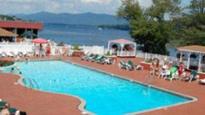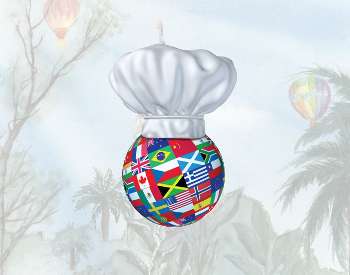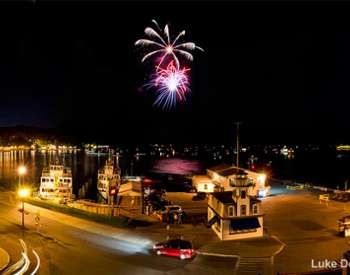Find the Best Places to Stay, Dine, Things to Do & Events in Lake George!
Featured Articles
Everything You Need For a Great Lake George Vacation
Quickly find Lake George hotels, budget motels, resorts, cabins, cottages, vacation rentals, inns, camping, restaurants, coupons, events, activities, attractions, events and more! In the Village, on the water, near the Village, from the Adirondacks to Saratoga Springs... if Lake George is where YOU want to be, you can plan it all at LakeGeorge.com - the area's first, official guide developed and maintained by Lake George area residents.
Did you know that many of Lake George's independently-owned hotels and motels are ONLY available by booking direct? Check out our exclusive lodging deals and discover great places to stay!
Use our comprehensive guides to the area, compiled by local Lake George tourism experts, to maximize your fun. From boating to hiking guides to summer and winter guides, you'll be in the know, any time of the year. Ready to plan daily activities? View our extensive Lake George events calendar! Find everything from fireworks and live music to family-friendly activities and annual classics like Americade and Winter Carnival. Ready to get started?



